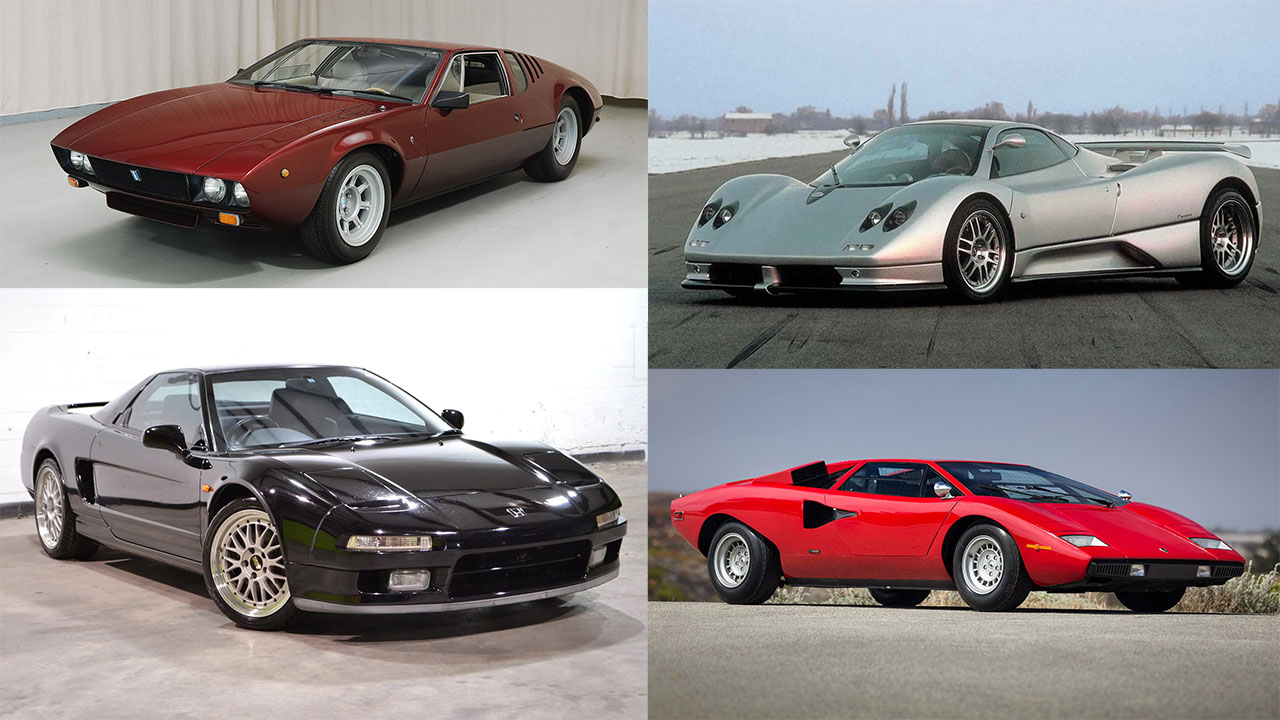Naming a car holds just as much significance as the product itself, and car manufacturers frequently invent new words to create a favorable association with a new model’s name.
A car’s name can significantly impact its success in the market, and there are numerous instances where choosing an inappropriate name has led to a sales disaster.
In some cases, manufacturers are even compelled to rename a model in certain markets because the original name has a negative or comical meaning in the local language.
One notable example is the Mitsubishi Pajero, which was sold as the Montero in Spain due to the Spanish slang meaning of “pajero” as “wanker.”
Despite this, the Japanese SUV still became legendary. However, other vehicles haven’t been so fortunate. In general, though, car companies often succeed in selecting fitting names for their vehicles.
In some cases, a great car name can be as simple as a three-digit number, as demonstrated by sports car manufacturer Porsche. On the other hand, luxury supercar maker Pagani tends to choose more dramatic names.
You may have wondered about the meanings behind the names of some of your favorite cars, and we’ve provided answers for these iconic models below.
10. 1967 Chevrolet Camaro
In the mid-1960s, the Ford Mustang revolutionized the market by offering young Americans an affordable and fun sports car, thus creating the Pony car segment.
However, GM was determined not to let Ford monopolize this market. In 1967, Chevrolet introduced its own Pony car the Camaro sparking one of the greatest rivalries in automotive history.
Over time, the Camaro became one of the most popular platforms. The name “Camaro,” however, wasn’t as straightforward as “Mustang.”
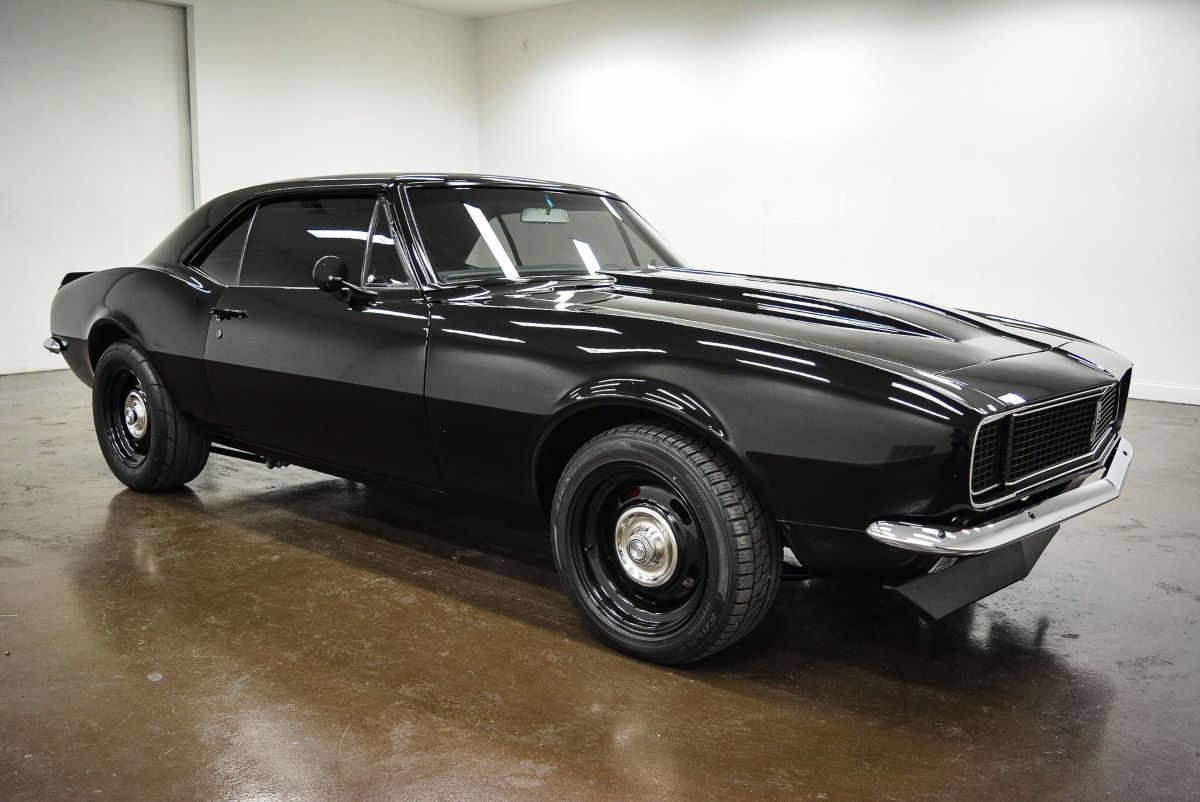
1967 Chevrolet Camaro SS396 Specifications
- Engine: 6.4-liter V-8
- Transmission: 3-speed auto/3-4-speed manual
- Drivetrain: Front-engine, RWD
- Power: 325-375 hp
- Torque: 410-415 lb-ft
- 0-60 MPH: 6.7-5.4 seconds
- Top Speed: 126-137 MPH
The word “Camaro” has French roots, meaning “friend” or “pal.” This doesn’t fully explain the resemblance of the Camaro’s logo to a French flag turned 90 degrees, but the connection to French culture can be attributed to the brand’s Swiss-born founder, Louis Chevrolet.
Despite the Mustang’s head start, the Camaro proved to be a formidable competitor and, in 1977, even outsold the Ford Mustang for the first time.
Also Read: 7 Best Hypercars That Redefine Speed Pushing Through New Boundaries
9. 1967 DeTomaso Mangusta
Another iconic Italian car name comes from DeTomaso. The Mangusta was the brand’s second model, following the Vallelunga.
Like its predecessor, the Mangusta was a mid-engine car, powered by a Ford 289 V-8 engine, the same used in the Mustang Shelby GT350. A more “laid-back” version of the Mangusta was available with a milder Ford 302 V-8 engine.
1967 DeTomaso Mangusta Specifications
- Engine: 4.7-liter V-8
- Transmission: 5-speed manual
- Drivetrain: Mid-engine, RWD
- Power: 305 hp
- Torque: 411 lb-ft
- 0-60 MPH: 4.7 seconds
- Top Speed: 155 MPH
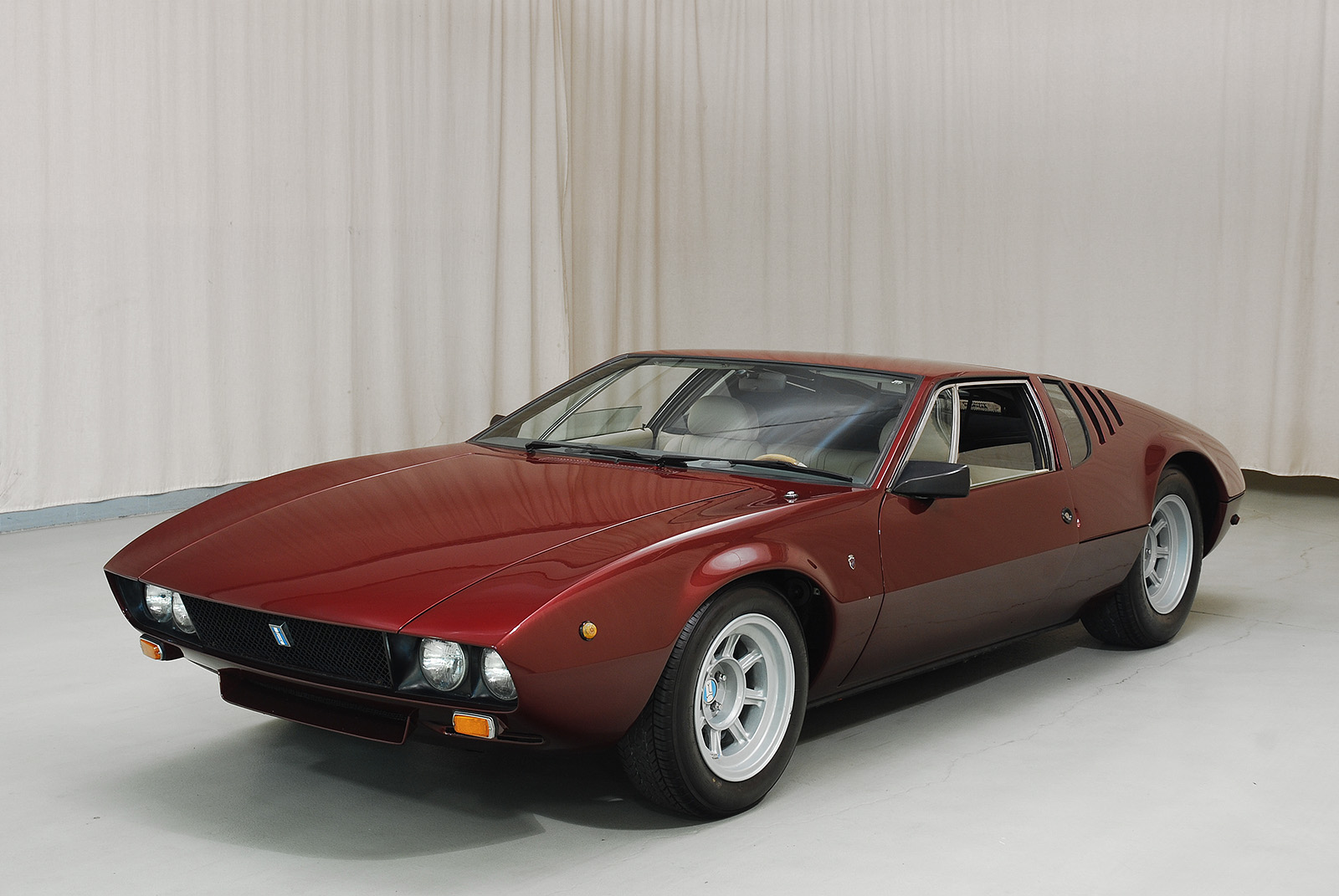
The name “Mangusta” was chosen deliberately. In Italian, Mangusta means “mongoose,” a creature that preys on snakes.
Since the DeTomaso Mangusta was designed to compete with the Shelby Cobra an incredibly intimidating car the name was fitting.
While the Mangusta was one of the fastest cars of the 1960s, the Cobra ultimately proved to be lighter, more powerful, and faster. Nevertheless, the DeTomaso Mangusta’s aggressive persona has even inspired the design of the latest Batmobile.
8. 1974 Lamborghini Countach
The Marcello Gandini-designed Lamborghini Countach made an undeniable impact on the automotive world. While its 16-year production run contributed to its legacy, it was primarily the car’s striking design that left a lasting impression.
The Countach was extreme in every aspect, and even its name reflected this boldness. While the literal translation of “Countach” could mean “plague” or “contagion,” the word took on a different meaning in the context of the Lamborghini supercar.
In Italian slang, “Countach” was an expression of astonishment, roughly equivalent to “goodness” or an exclamation of amazement. This reaction was typical whenever someone saw the Countach, or even when they had the chance to drive it.
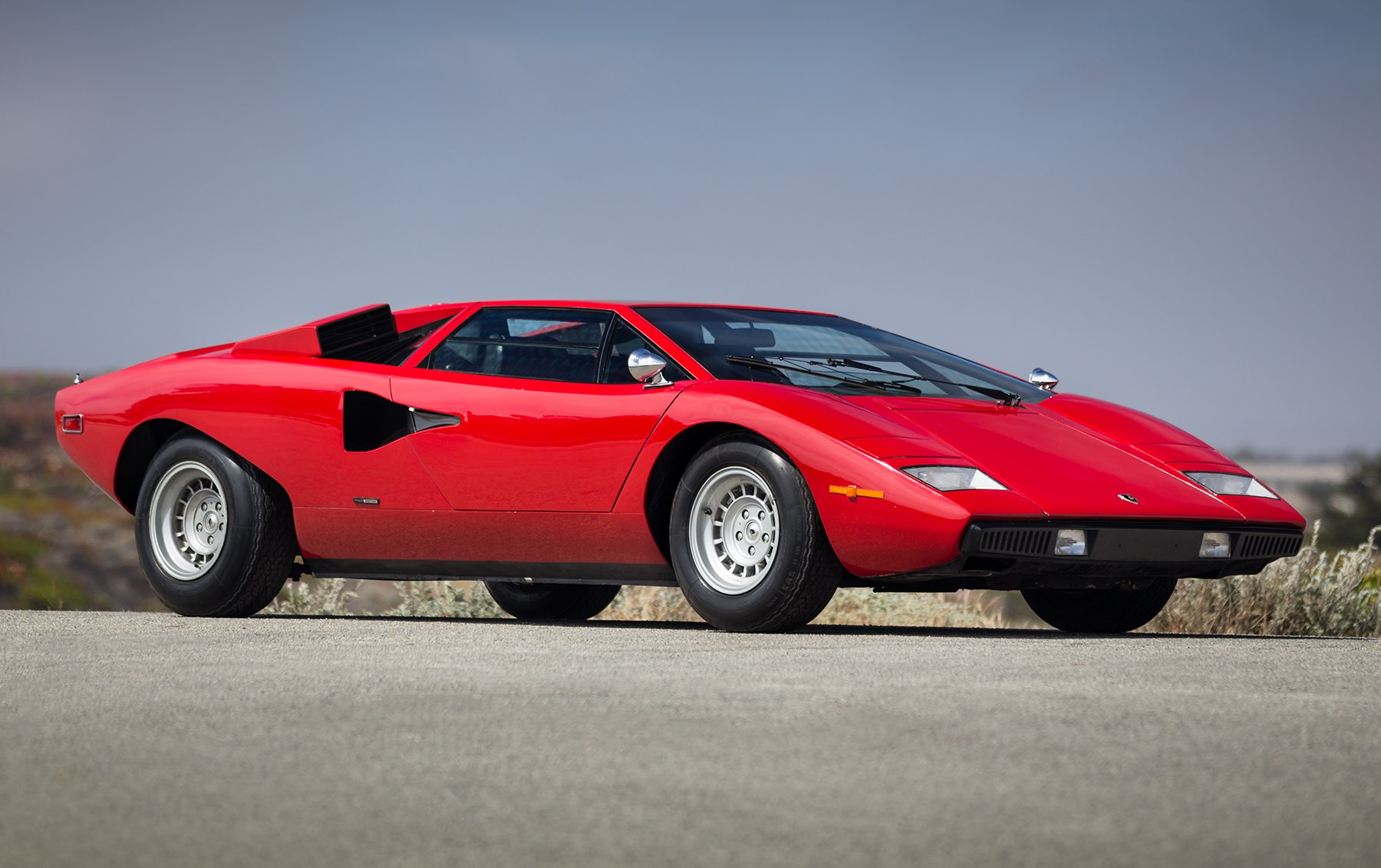
1974 Lamborghini Countach LP400 Specifications:
- Engine: 3.9-liter V-12
- Transmission: 7-speed automatic
- Drivetrain: Mid-engine, rear-wheel drive
- Power: 370 horsepower
- Torque: 266 lb-ft
- 0-60 MPH: 5.1 seconds
- Top Speed: 186 MPH
The Countach was built with an emphasis on form over function, and parking it required you to practically hang out of the car.
Despite its many limitations, the Lamborghini Countach remains a highly coveted collector’s item and is still regarded as one of the most iconic poster cars ever created.
7. 1984 Ferrari Testarossa: Red-Head
Ferrari has an impressive catalog of legendary models, but the Testarossa stands out as one of the most iconic.
While the name “Testarossa” was first used on the 1957 Ferrari 250 Testarossa, it has become most associated with the 1984 Ferrari Testarossa, often appearing without a preceding number.
The term “testa rossa,” which translates to “redhead” in Italian, refers not to the traditional red paint typically seen on Ferrari cars but rather to the red cam covers on the car’s V-12 engine (technically a flat-12), which became a hallmark of Ferrari vehicles.
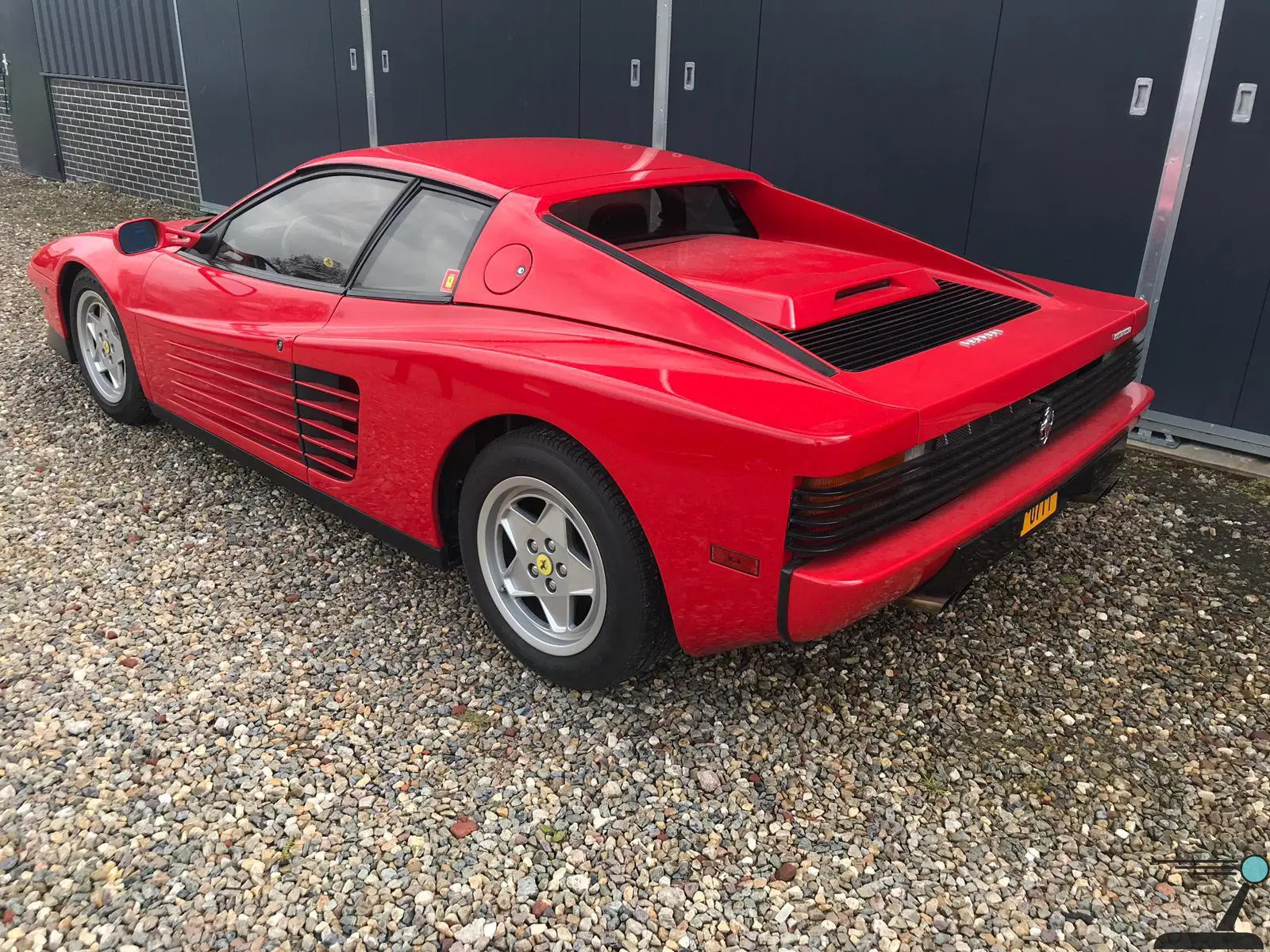
1984 Ferrari Testarossa Specifications:
- Engine: 4.9-liter Flat-12
- Transmission: 5-speed manual
- Drivetrain: Mid-engine, rear-wheel drive
- Power: 385 horsepower
- Torque: 354 lb-ft
- 0-60 MPH: 5.3 seconds
- Top Speed: 181 MPH
While the 1984 Testarossa may not have been the fastest car of its time, it was undeniably one of the most eye-catching. Its bold styling made it the perfect vehicle to represent the 1984-1989 “Miami Vice” TV series, cementing its place in pop culture.
6. 1991 Honda NSX
Often, the most iconic car names are simple abbreviations, and the groundbreaking Honda NSX is a prime example.
This Japanese, mid-engine supercar demonstrated to the world that supercars could be both reliable and practical, without requiring a team of specialized mechanics on call around the clock.
The car’s innovative engineering and exceptional chassis, tuned by legendary Formula 1 driver Ayrton Senna, helped turn the NSX into a true legend.
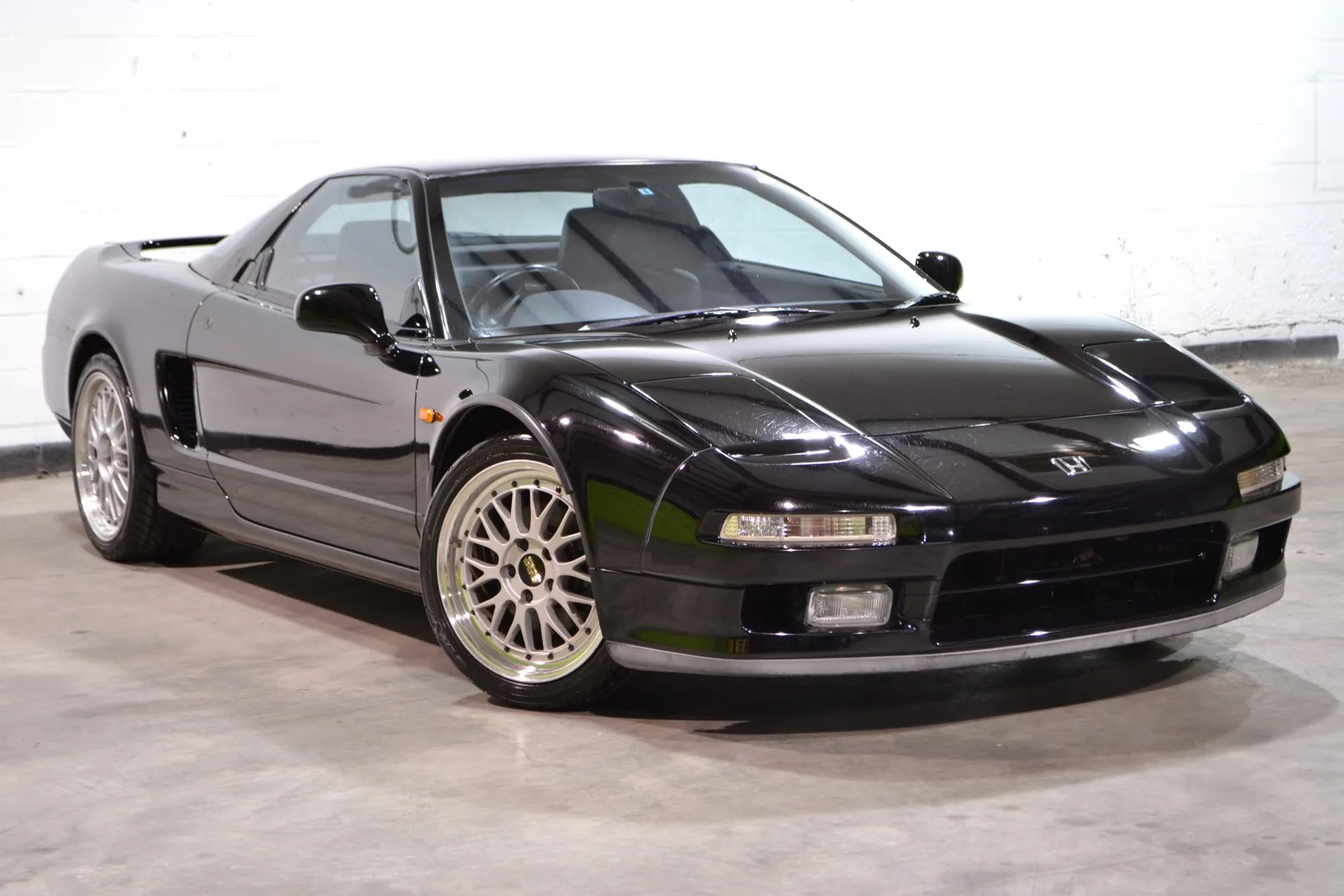
1991 Honda NSX Specifications:
- Engine: 3.0-liter V-6
- Transmission: 5-speed manual
- Drivetrain: Mid-engine, rear-wheel drive
- Power: 276 horsepower
- Torque: 217 lb-ft
- 0-60 MPH: 5.6 seconds
- Top Speed: 168 MPH
The name NSX is widely recognized among JDM enthusiasts, with the three letters standing for “New Sports Car eXperimental.”
This experiment proved successful, as the Honda/Acura NSX remains a highly sought-after Japanese sports car more than 30 years after its debut.
Unfortunately, the second-generation NSX did not achieve the same level of success, despite once again being an innovative and impressive model.
5. 1999 Pagani Zonda
Boutique carmakers like Pagani create truly remarkable vehicles, both in terms of engineering and finish. The Italian manufacturer, based near Modena, is named after its founder, Horacio Pagani.
The name “Pagani” itself is derived from a mix of different meanings, making it worth a closer look. Pagani’s debut model, the Zonda, takes its name from a hot wind in South America, which sweeps down from the Andes Mountains to the Argentine Pampas.
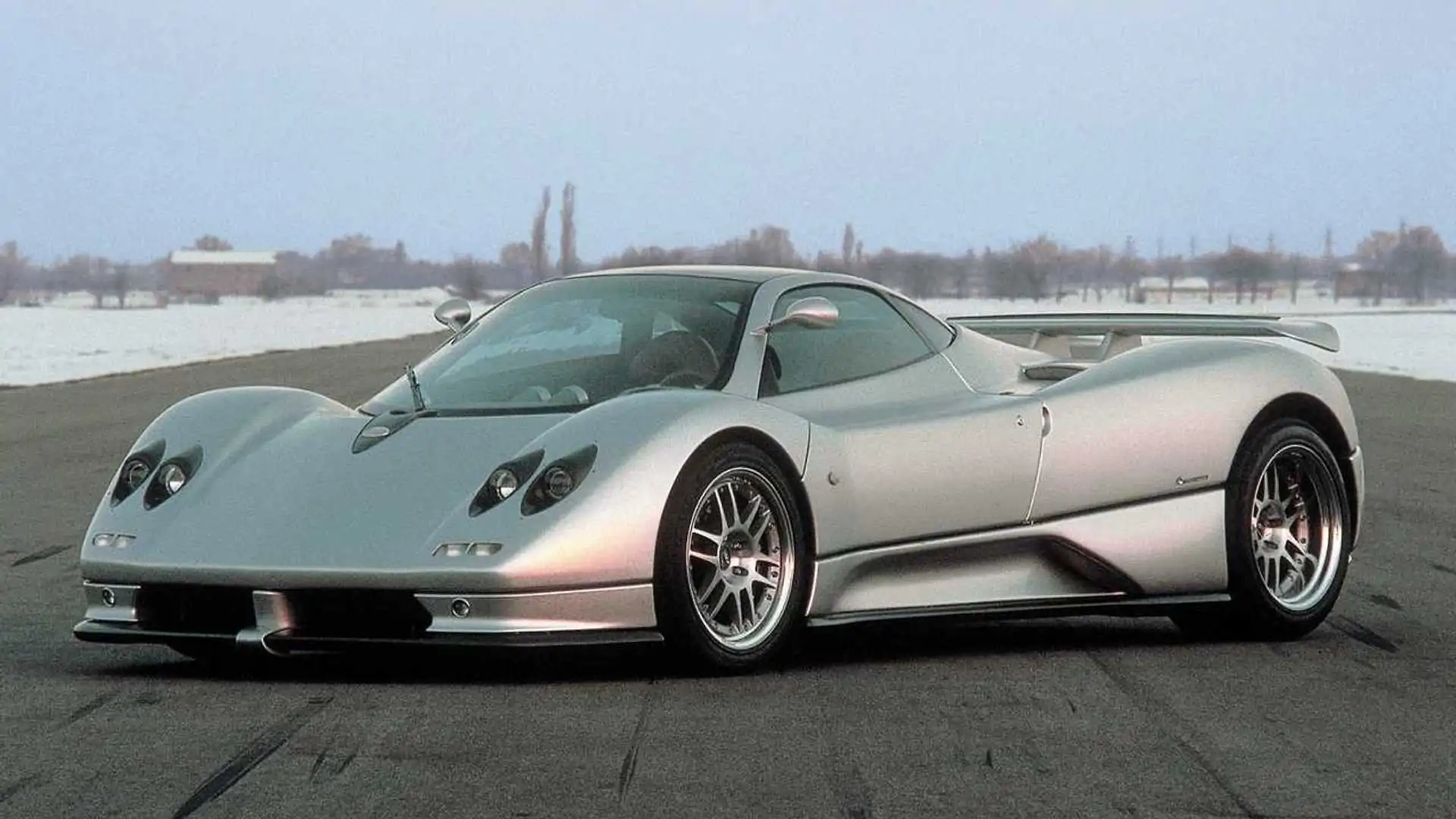
1999 Pagani Zonda C12/C12 S Specifications:
- Engine: 6.0-7.0-liter V-12
- Transmission: 5/6-speed manual
- Drivetrain: Mid-engine, rear-wheel drive
- Power: 395-542 horsepower
- Torque: 420-531 lb-ft
- 0-60 MPH: 3.7-3.6 seconds
- Top Speed: 185-208 MPH
The Zonda is as dramatic as its name implies, not only due to its striking styling but also because of its very torquey, Mercedes-derived V-12 engine.
Even more impressive is that the Zonda could be ordered with a manual transmission, at a time when paddle-shift automatics were starting to dominate the market.
4. 2004 Porsche Carrera GT
Porsche introduced one of its most iconic model names, the Carrera, in 1973. This name has almost always been associated with the 911, and in recent years, it refers to the base model of the rear-engine sports car.
However, the Carrera name first stood on its own with the 2004 Porsche Carrera GT. It’s well-known in the automotive world that “GT” stands for Gran Turismo, but “Carrera” means “race” in Spanish.
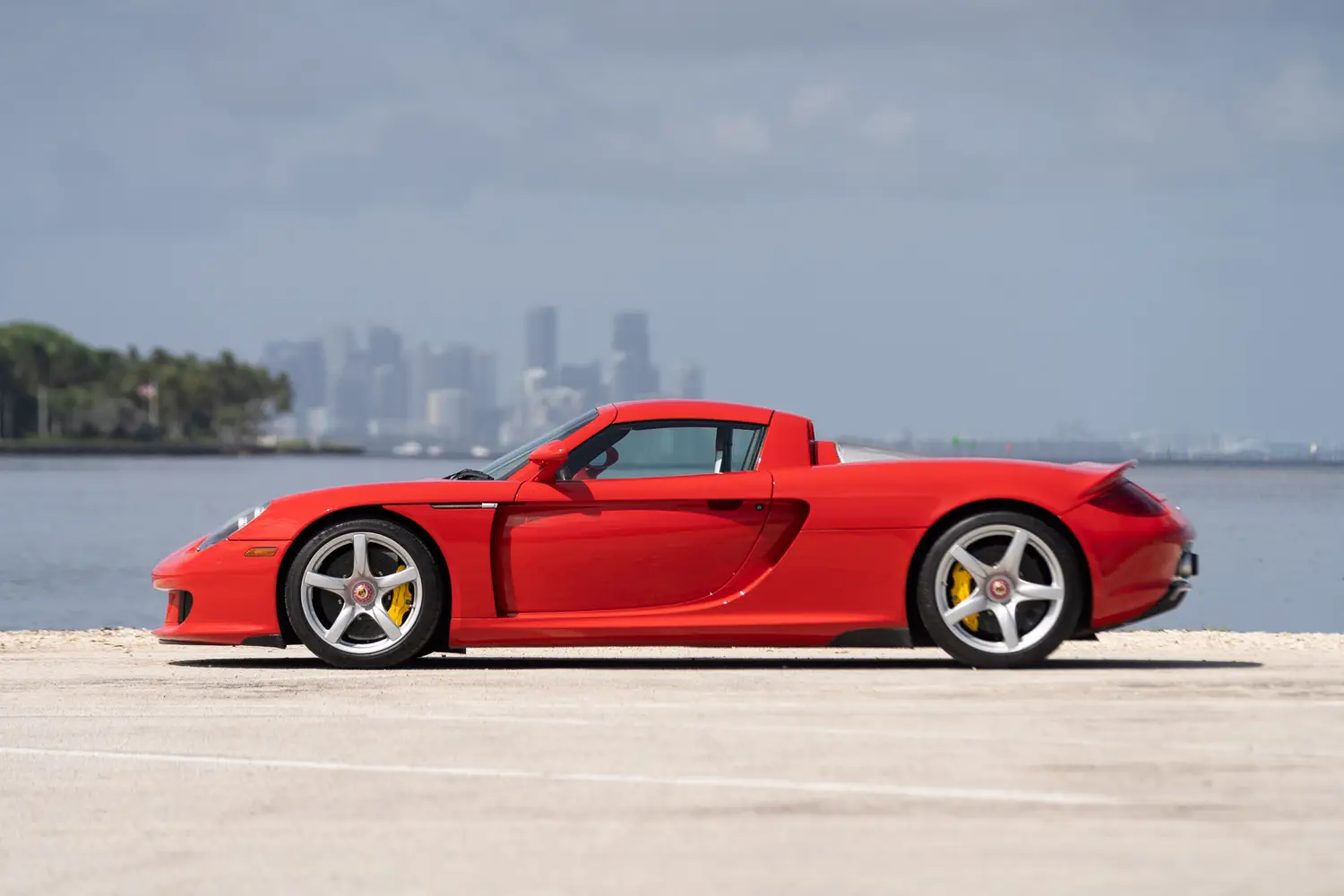
2004 Porsche Carrera GT Specifications:
- Engine: 5.7-liter V-10
- Transmission: 6-speed manual
- Drivetrain: Mid-engine, rear-wheel drive
- Power: 612 horsepower
- Torque: 435 lb-ft
- 0-60 MPH: 3.4 seconds
- Top Speed: 205 MPH
Even the base-model 911 is quick enough to be a competent racer, and throughout its history, the 911 has enjoyed great success in a variety of racing series and through different iterations.
The Carrera GT was equally deserving of its name, partly due to its V-10 engine, which was initially developed for Formula 1, then adapted for Le Mans, and ultimately used in the production version of the Porsche Carrera GT.
Also Read: 10 Best Supercars for the Ultimate Driving Experience
3. 2009 Porsche Panamera
The Porsche Panamera is one of the more modern models on this list, with its first generation debuting in 2009. Porsche had long been experimenting with the idea of a “four-door 911,” and it finally came to life with the Panamera.
Porsche is also proud of its rich racing heritage, and this groundbreaking new model deserved a name that reflected its performance pedigree.
2009 Porsche Panamera Turbo S Specifications:
- Engine: 4.8-liter Twin-turbo V-8
- Transmission: 7-speed PDK automatic
- Drivetrain: Front-engine, all-wheel drive
- Power: 500 horsepower
- Torque: 516 lb-ft
- 0-60 MPH: 3.8 seconds
- Top Speed: 188 MPH
The name “Panamera” was not chosen by chance. It is derived from “Panamerica,” the name of a highway where the Carrera Americana road race took place.
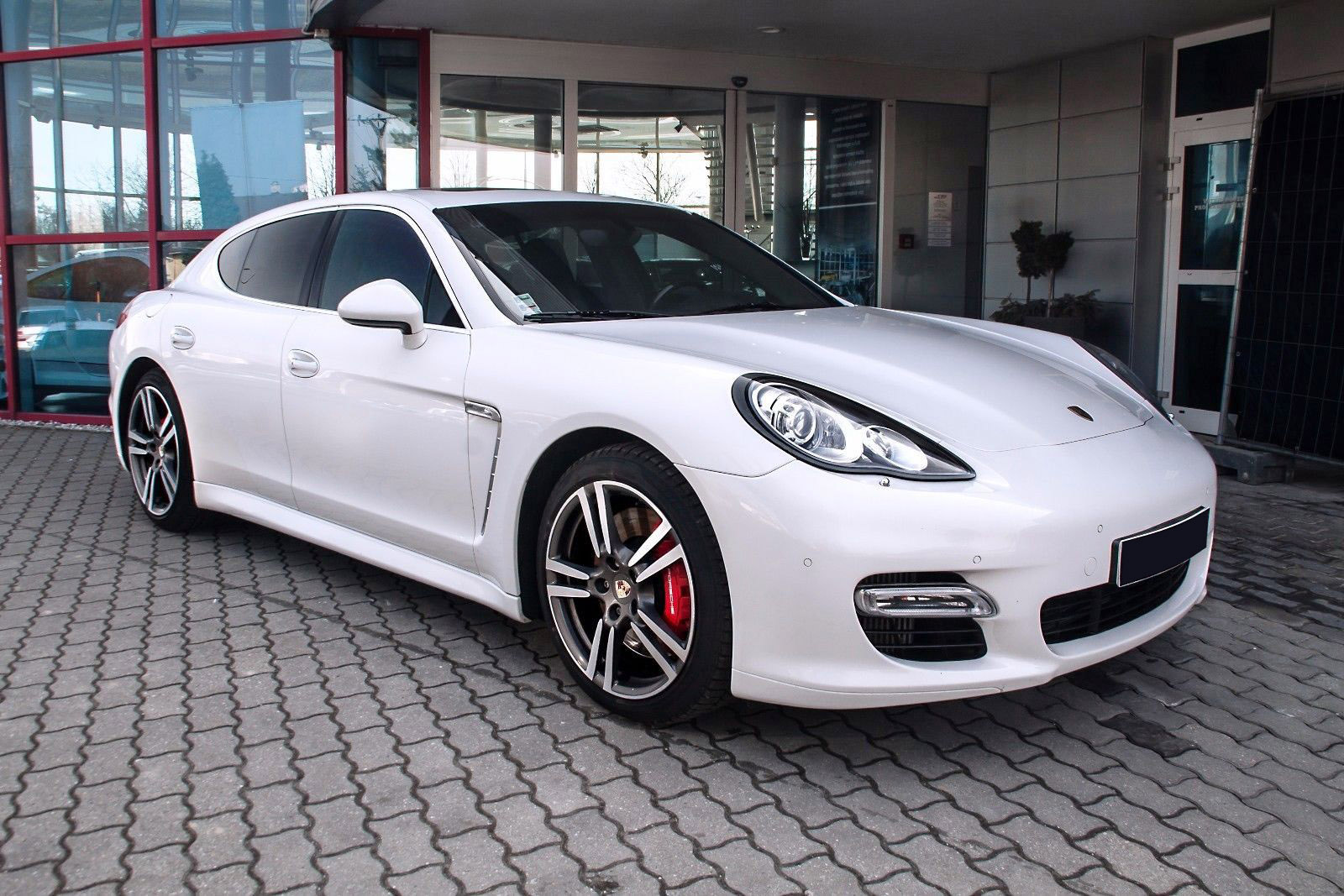
This highway is said to be the longest in the world, stretching from Prudhoe Bay in Alaska, North America, all the way to Ushuaia, at the southern tip of Argentina in South America.
While the Panamera is a luxury, four-door model, it still carries the Porsche legacy and needed a name that reflected its outstanding performance, especially in the S, GTS, and Turbo variants.
Despite the success of the all-electric Taycan, the Panamera remains a key part of Porsche’s lineup.
2. 2011 Pagani Huayra
Pagani’s second model, the Huayra, was even more dramatic than its predecessor, the Zonda.
The hypercar’s impeccable finish, down to the tiniest detail, and its impressive mechanical specifications helped the Huayra achieve success comparable to that of the Zonda, despite early versions resembling a deep-sea fish.
Fortunately, the front end was redesigned in later versions, which followed quickly after the initial release.
2011 Pagani Huayra Specifications:
- Engine: 6.0-liter twin-turbo V-12
- Transmission: 7-speed automatic
- Drivetrain: Mid-engine, rear-wheel drive
- Power: 730 horsepower
- Torque: 737 lb-ft
- 0-60 MPH: 3.1 seconds
- Top Speed: 224 MPH
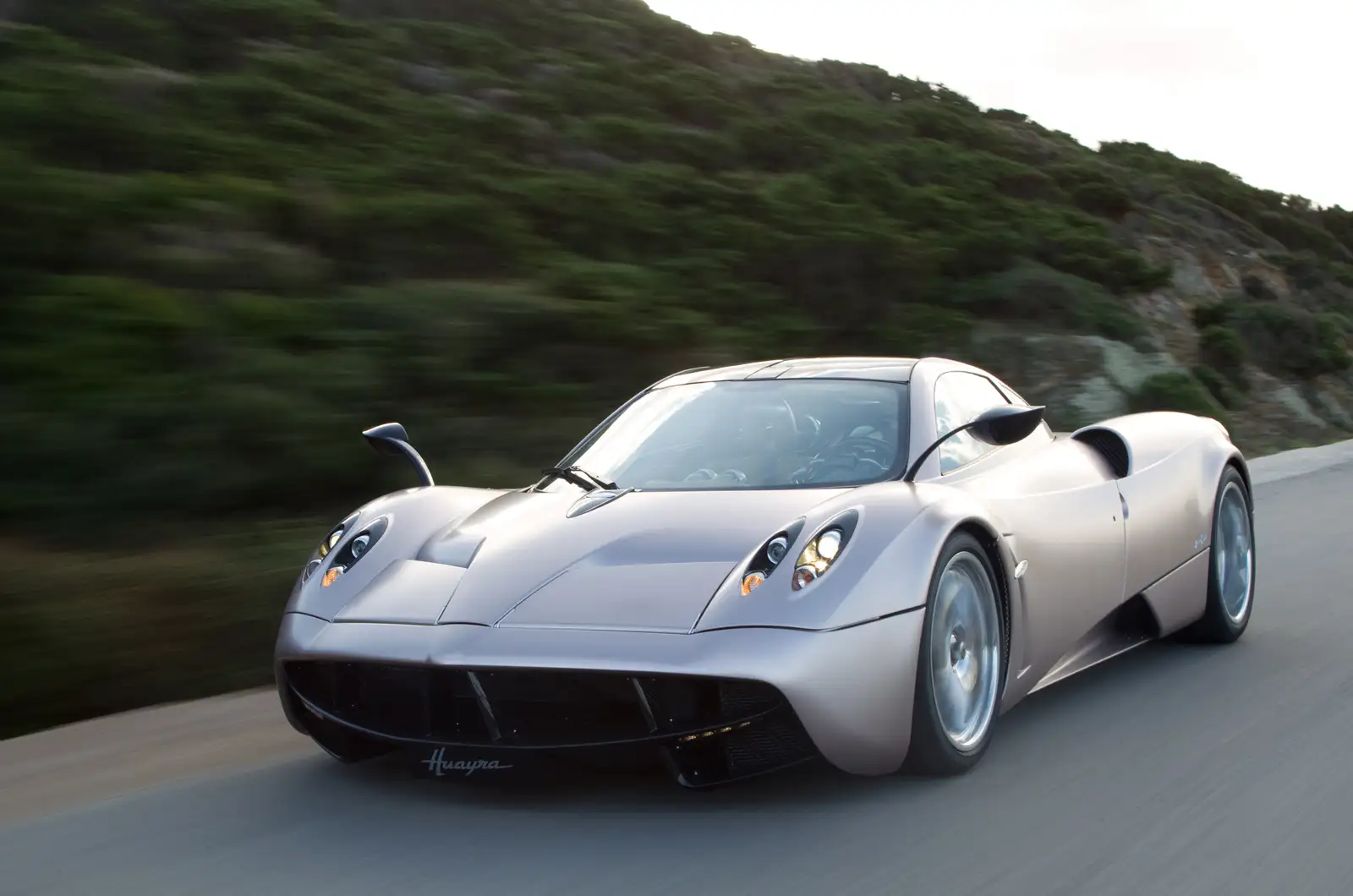
The propulsion system still came from Mercedes AMG, in the form of a large V-12 engine, but this time, forced induction was added to increase performance.
This was not counting the Huayra R, which features one of the most powerful naturally aspirated engines.
As for the name, “Huayra” comes from Huayra-tata, the South American God of the Wind, who is revered in the Andes.
Interestingly, the name “Huayra” was also used for a much lesser-known car, the Huayra Pronello Ford, an Argentinian-made vehicle powered by a Ford Y-Block V-8 engine.
1. 2021 Koenigsegg Jesko
Koenigsegg is known for producing some of the most groundbreaking hypercars in the industry.
The brand’s very first model, the CC8S, even achieved a higher top speed than the McLaren F1, though the British model ultimately had a higher average speed after three trials.
While many of Koenigsegg’s high-performance cars are named using simple designations made up of letters and numbers, the Jesko stands out. For those from Scandinavian countries, the name may not seem so unusual.
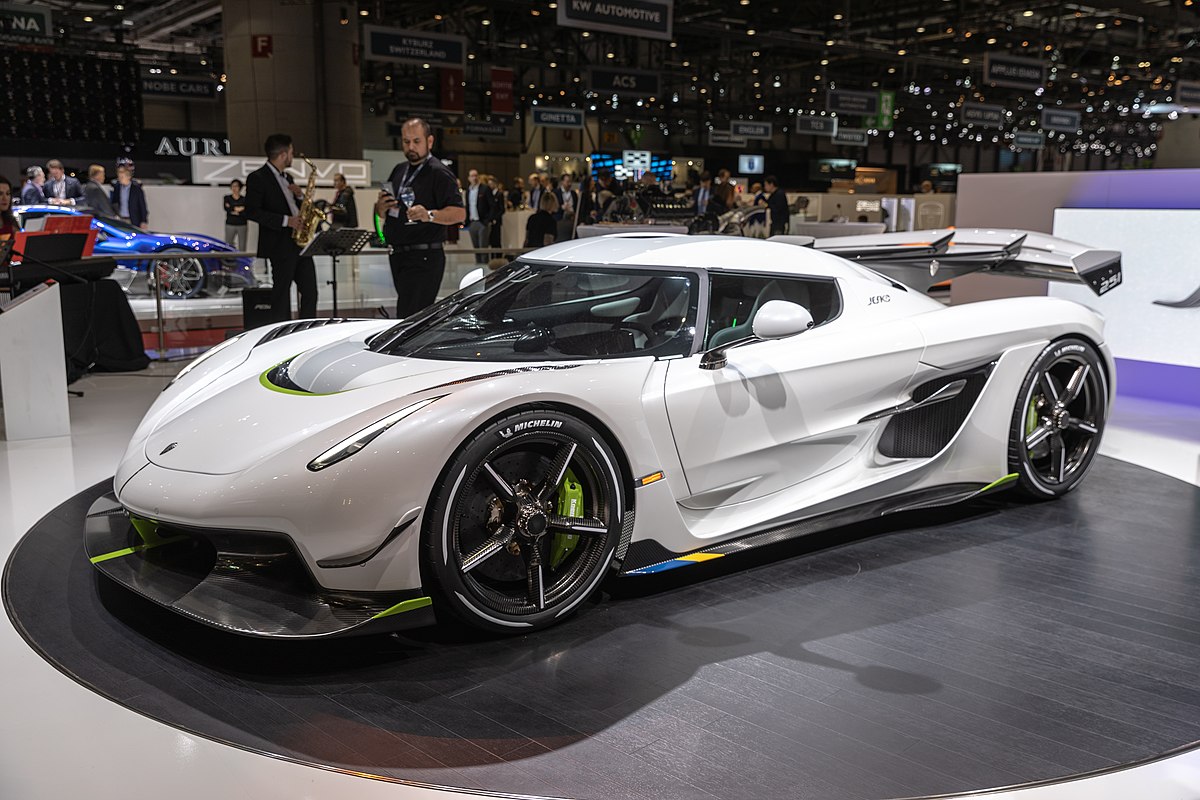
2021 Koenigsegg Jesko Attack/Jesko Absolut Specifications:
- Engine: 5.1-liter twin-turbo V-8
- Transmission: 9-speed LST automatic
- Drivetrain: Mid-engine, rear-wheel drive
- Power: 1,281 horsepower / 1,603 horsepower on E85
- Torque: 738 lb-ft / 1,106 lb-ft on E85
- 0-60 MPH: 2.6 seconds
- Top Speed: 272-300 MPH
The Jesko was designed to be the ultimate Koenigsegg, and the founder, Christian von Koenigsegg, named the car after his father, Jesko.
While the Jesko Attack is built for racetrack dominance, the Koenigsegg Jesko Absolut is optimized for top-speed runs with an emphasis on aerodynamics.
Koenigsegg has stated that the Jesko Absolut will be the last model developed with the primary goal of setting top-speed records.

